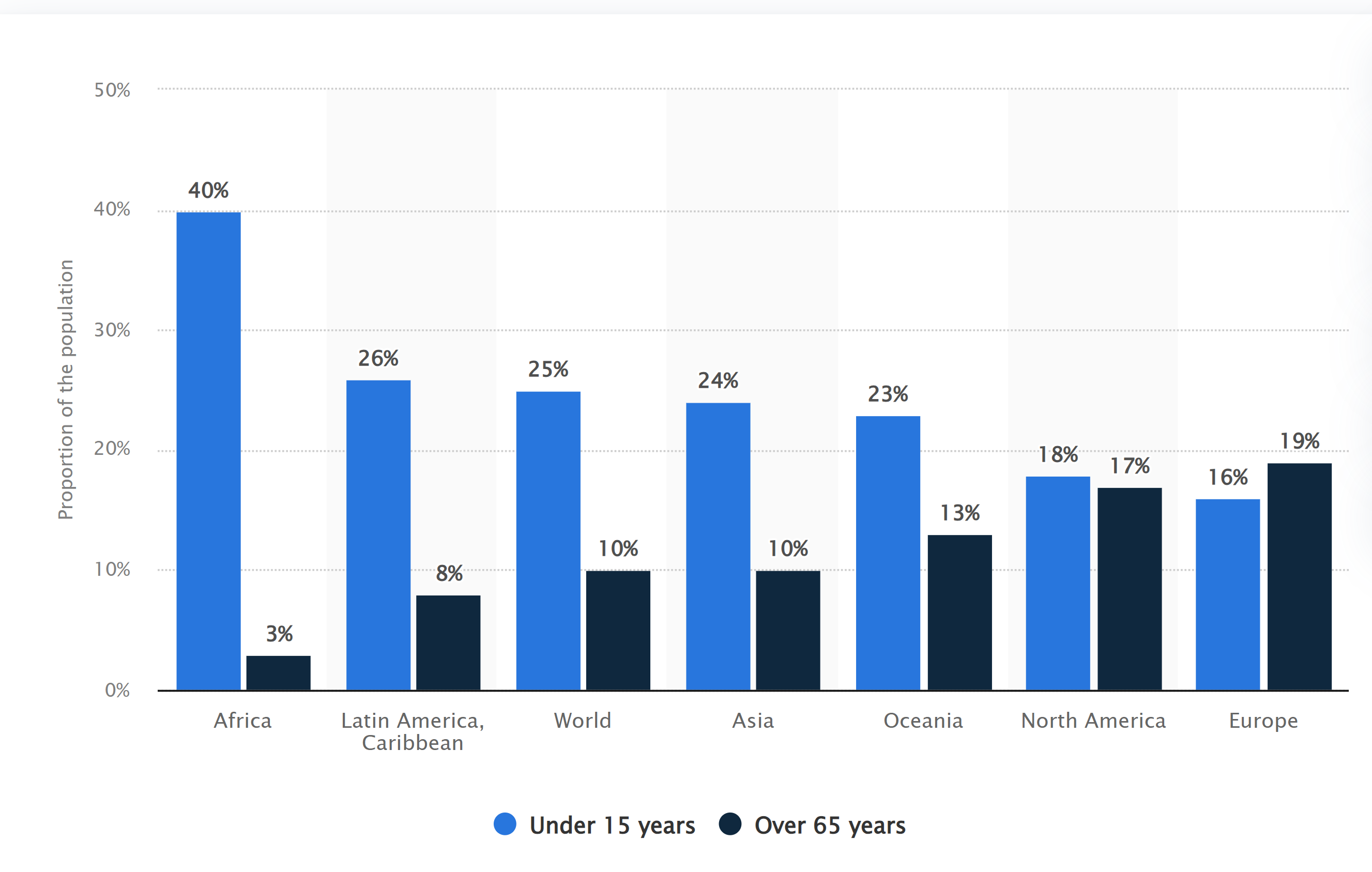Documentation and Administrative Tasks?
As the population ages, the demand for quality geriatric care continues to rise and healthcare providers are turning to medical scribes and artificial intelligence (AI) tools to transform documentation in elderly care. Geriatrics documentation requires accurate and comprehensive recording of medical interactions for older adult patients, and medical scribes play a vital role in ensuring detailed documentation. By offloading administrative tasks, medical scribes enhance patient-provider interaction, improve documentation accuracy, optimize workflow and time management, promote care coordination and continuity, and contribute to enhanced data accuracy and research opportunities. However, challenges such as training, privacy concerns, and workflow integration must be considered. Looking to the future, AI-powered medical scribes, virtual assistants, remote care technologies, and advanced data analytics hold great promise in revolutionizing geriatrics documentation and delivering personalized, efficient, and patient-centered care to older adults.

Let's deep dive into medical scribing transformations and Tali's role in geriatric scribing.

Geriatrics documentation involves recording and maintaining detailed medical records for older adult patients. It includes comprehensive assessments, medication management, disease management, and coordination of care. Due to the complexity of geriatric conditions and the need for multidisciplinary collaboration, accurate documentation is crucial for effective treatment plans, care coordination, and billing purposes.
Medical scribes provide essential support to healthcare professionals, enabling them to focus more on direct patient interaction and delivering high-quality care. Let's explore the significant contributions and benefits that medical scribes bring to modern healthcare settings.
Enhanced Patient-Provider Interaction
Geriatric patients often have complex medical histories and multiple chronic conditions, making it essential for healthcare providers to spend more time interacting with them. By offloading the documentation tasks to medical scribes, providers can focus on building strong relationships with their elderly patients. This improves patient satisfaction, allows for better communication, and fosters a more patient-centered approach to care.
Medical scribes are trained to meticulously record patient encounters, ensuring that all relevant information is accurately documented. In geriatrics, where details about chronic conditions, medications, and previous treatments are critical, medical scribes excel in capturing these details. This leads to more comprehensive documentation, reducing the risk of errors and improving the overall quality of care.
With medical scribes handling the documentation tasks, healthcare providers can optimize their workflow and manage their time more effectively. This allows providers to see more patients, address their complex needs, and spend additional time on critical decision-making. By streamlining the documentation process, medical scribes contribute to improved efficiency and productivity in geriatric care settings.
Geriatric patients often require care from multiple specialists, making care coordination and continuity crucial. Medical scribes play a vital role in facilitating care coordination by accurately documenting referrals, lab orders, and specialist recommendations. This ensures that all providers involved in the patient's care have access to the same comprehensive information, promoting seamless transitions and reducing the risk of communication gaps.
Accurate and detailed documentation is essential for research, quality improvement initiatives, and population health management in geriatrics. Medical scribes contribute to enhanced data accuracy by ensuring that all relevant information is documented, including patient-reported outcomes, functional status, and treatment plans. This rich dataset enables researchers and healthcare organizations to analyze trends, identify best practices, and make evidence-based decisions to improve geriatric care.
While medical scribes offer significant benefits in geriatrics documentation, there are certain challenges and considerations to keep in mind. These include:
Medical scribes require comprehensive training to understand the unique aspects of geriatric care, including age-related conditions, medication management, and communication strategies. Healthcare organizations must invest in proper training programs to ensure that medical scribes are knowledgeable and competent in documenting geriatric patient encounters.
Geriatric patient information must be handled with utmost care and in compliance with privacy regulations, such as HIPAA. Healthcare organizations must establish robust protocols and safeguards to protect patient confidentiality when medical scribes are involved in documentation tasks.
Integrating medical scribes into existing workflows and having them use electronic health record (EHR) systems well requires careful planning and collaboration. Healthcare organizations should assess their current processes and identify opportunities to optimize workflows for the seamless integration of medical scribes.
Overall, the use of medical scribes in geriatrics documentation is a promising solution to the challenges facing healthcare providers in providing quality care to an aging population. By improving patient care, reducing administrative burdens, and reducing healthcare costs, medical scribes are transforming the field of geriatrics and improving the lives of elderly patients.
The field of geriatric care is evolving rapidly, and the future holds great potential for the role of AI-powered Medical Scribes. As technology advances and healthcare delivery models transform, let's explore the exciting possibilities and the future of Geriatrics Medical Scribe.

With enhanced AI capabilities, AI Scribes are set to revolutionize the role of geriatric medical scribes. As artificial intelligence (AI) progresses, these robot scribes will become even more sophisticated, accurately capturing and interpreting complex patient information. They will be able to recognize patterns, make data-driven suggestions, and assist healthcare professionals in real-time decision-making, ultimately leading to more efficient and personalized care for older adults.
The integration of virtual assistants adds another layer of benefits to Geriatrics Medical Scribes. Powered by natural language processing and machine learning, these virtual assistants can provide real-time support to healthcare professionals during patient encounters. They can retrieve relevant patient data, answer inquiries, and assist in documentation, streamlining workflows and enhancing efficiency.

Telemedicine and remote monitoring technologies are also on the rise in geriatric care. Medical Scribes will be crucial in facilitating remote consultations, capturing patient data, and assisting in remote monitoring processes. These technologies will allow older adults to receive care from the comfort of their homes while ensuring accurate documentation and seamless communication with healthcare professionals.

The future of Geriatrics Medical Scribes will involve harnessing the power of advanced data analytics and predictive modeling. By analyzing patient data, these scribes can contribute to identifying trends, predicting potential health issues, and implementing proactive interventions. This data-driven approach will enable healthcare professionals to provide personalized and targeted care to older adults, promoting better health outcomes.
In conclusion, the future of AI Medical Scribe tools like Tali, is full of promise and transformative potential. As AI capabilities advance, virtual assistants integrate, telemedicine expands, data analytics enhance, and interoperability improves, the role of these scribes will become increasingly essential in delivering high-quality geriatric care.
This model will empower healthcare professionals to provide personalized, efficient, and patient-centered care to older adults, ensuring their well-being and improving their overall quality of life.
Geriatrics documentation involves recording and maintaining detailed medical records for older adult patients. It includes comprehensive assessments, medication management, disease management, and coordination of care.
Medical scribes play a crucial role in geriatrics documentation by accurately recording patient encounters ensuring comprehensive and detailed documentation. They assist healthcare providers in offloading administrative tasks, allowing providers to focus more on direct patient interaction and delivering high-quality care.
Training and education of medical scribes in geriatric care, ensuring privacy and confidentiality of patient information, and integrating medical scribes into existing workflows and electronic health record (EHR) systems are some of the challenges and considerations to keep in mind. Healthcare organizations must invest in proper training, establish protocols for patient confidentiality, and optimize workflows to facilitate seamless integration.